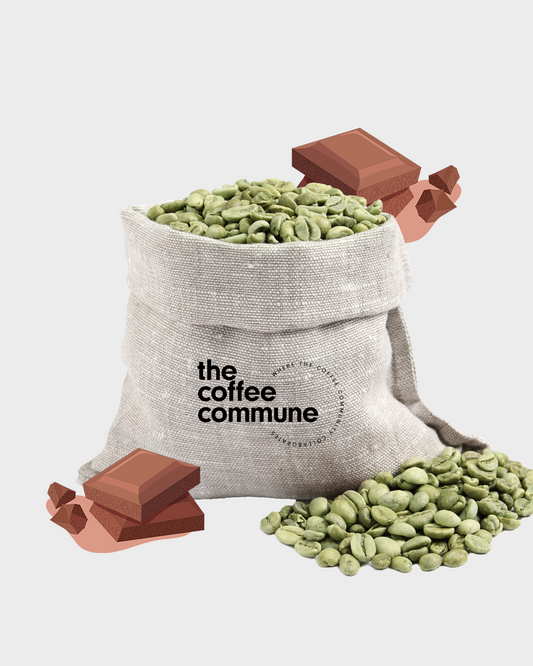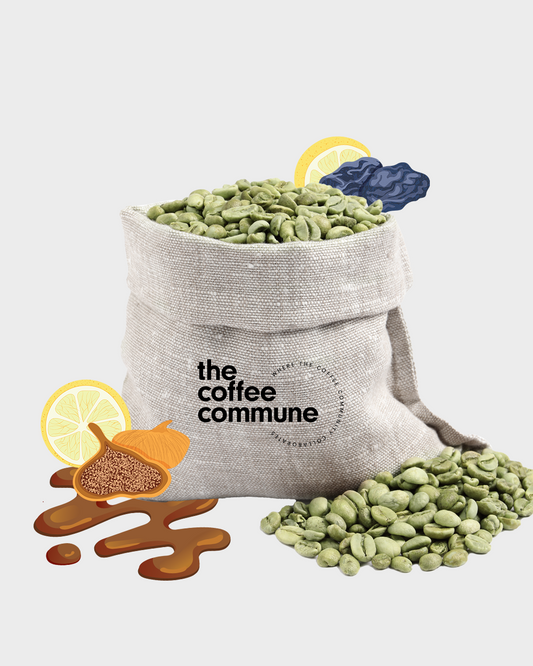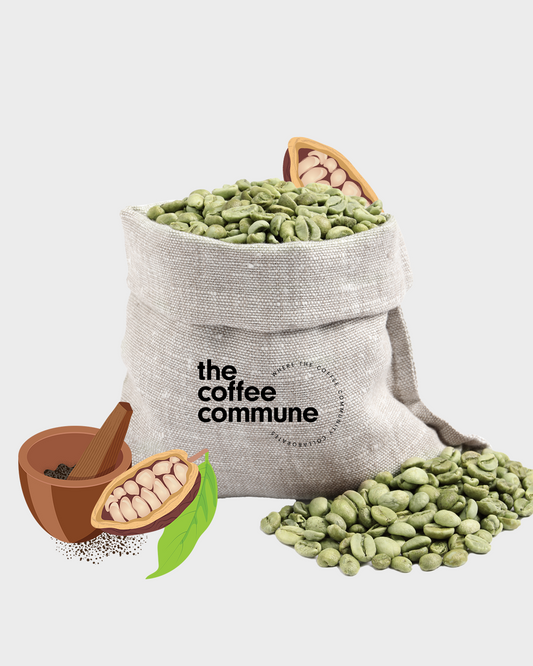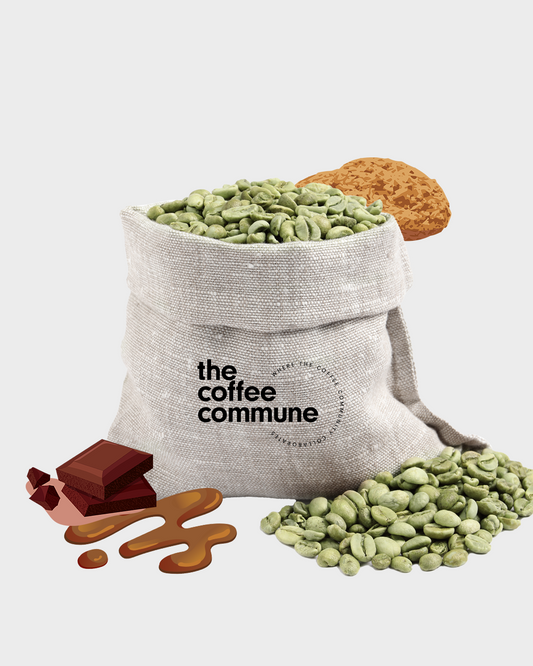Understanding Roast Levels: Light, Medium, and Dark
Welcome to the exciting world of roast levels! Think of roast levels as the different shades of a coffee painting—You may be asking- why do I need to worry about my roast level? Because each one brings its own unique flavour and character to the cup. The same beans will have a completely different taste through the levels of roast. You will definitely have a completely different experience drinking the same bean through each level of your roast. If you want to experiment with this its really easy to pull some of your roast out as you go, and test it afterwards- you may just find that your ideal roast level isn’t where you through it was. Here’s how to get to know your roast levels like a pro.
- Light Roast: The Bright Beginnings
Light roasts (also known as city roast) are like the eager debutantes of the coffee world. They’re roasted to a lighter brown and have a pronounced acidity. Expect flavours that are vibrant and lively, with hints of fruitiness or floral notes. They don’t have much oil on the surface, which is why they look dry and matte. You can often taste fruit or floral notes that you won’t get from the same bean at a medium roast as the acids that give the floral notes get destroyed at Medium Roast.
- Medium Roast: The Balanced Charm
Medium roast (also known as full city roast) is usually considered a great starting point because medium roasts are the crowd-pleasers, the middle ground if you were. They say you can’t please every body every time, but with Medium Roast you sure can get close. They have a balanced flavour profile that’s neither too acidic nor too bitter. Roasted to a medium brown, these beans develop a bit of oil on the surface, giving them a richer taste without overwhelming bitterness. Think of medium roasts as the Goldilocks of coffee—just right (for most).
- Dark Roast: The Bold Statement
Dark roasts are for those who like their coffee with a punch. They’re roasted until they reach a deep, dark brown, often with an oily surface. The flavours here are robust, with notes that can range from smoky to chocolatey. The longer roasting time means that the original bean flavours take a back seat to the roast itself.
- Roast Level and Bean Type
Not all beans react the same way to roasting. For example, Ethiopian beans might highlight fruity notes when light roasted, while Colombian beans might shine with a medium roast’s balanced sweetness. Knowing your bean type helps in selecting the right roast level to enhance its natural flavours.
- Experimentation is Key
Don’t be afraid to experiment with different roast levels. Start with a basic roast and adjust according to your taste preferences. It’s all about finding that sweet spot where the flavours you love are at their peak.
- The Impact of Roast Level on Brewing
Roast levels can also affect how your coffee brews. Lighter roasts might need a finer grind to extract their complex flavours, while darker roasts often work well with a coarser grind. Adjust your brewing method to complement your chosen roast level.
- Tasting Notes
As you roast, take notes on what you taste. This will help you refine your approach over time. Remember, every roast is a learning experience—so take it as a chance to perfect your craft!
Caffeine and Roast Level
One more consideration to throw in the mix here is caffeine levels. Usually the further you push a roast the less caffeine you end up with as a result- ie the more well done a bean is you lose some of that caffeine goodness. Don’t forget the caffeine hit is why some of us roll up for our morning coffee in the first place, so don’t underestimate the allure of the caffeine.
Final Thoughts
Ahhh Roasting, who would have known there were so many intricacies? Roasting is that fine line between following a proven system and going with your gut and experience. Having read this blog you may think- why not just roast everything light? You would get the best caffeine result and the best flavours out of the bean?- and you may be right, but you are missing one important aspect which is the body of the coffee- light coffees can be considered weak- and nobody likes to pay for a weak coffee. These light coffees can feel water-y which is just a reaction to how they feel on the tongue of the drinker.
Remember too that a roast isn’t just one of three options, in a 10 min roast there is the ability to end it at every second (even between seconds), while the roast may fall into a medium roast for classification, we all know that it may not be a middle of the road medium roast. This gives the roaster (you) so much flexibility in when you pull a roast.
Understanding roast levels helps you tailor your coffee to your taste preferences. Whether you’re a fan of the bright and tangy or the bold and robust, mastering roast levels will elevate your coffee game to a whole new level.
We really hope this has helped to lift your at home green bean roasting game! If you want to impress family and friends with your roasting skills, be sure to keep learning on your journey- what other education gives you roasted coffee along the way?






